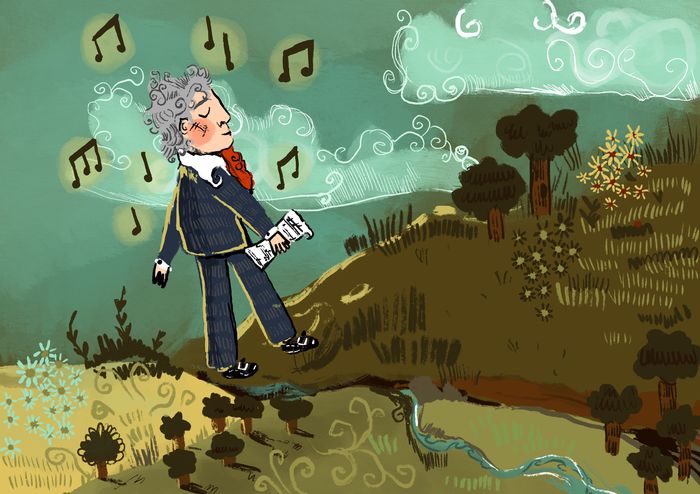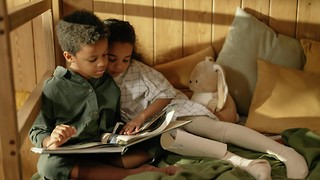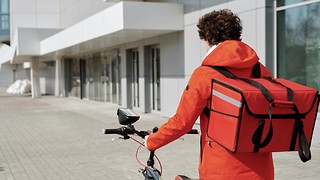Picking up steam at Kettle’s Yard
Jack Marley heads to the iconic Cambridge spot and enjoys a relaxing evening of visual art and music

Concerts have been taking place in Kettle’s Yard, the house and gallery created by art collectors Jim and Helen Edes since 1970. The Edes instructed that there be "at least three really good concerts every year" in the modern extension. That number is now exceeded each term: three regular concert series take place there, bringing new music, chamber music, and student performances into this unique venue. I attended one of the chamber concerts in January, a piano trio performance of Beethoven’s ‘Ghost’ Trio, an arrangement of Schoenberg’s ‘Verklärte Nacht’, and a new work by professor of composition at the University, Richard Causton. I also caught up with Ailsa McTernan, the student representative to the committee which organises the concerts, about the musical activity at Kettle’s Yard.
“This felt like chamber music in the original sense of the word, intimate, and relaxed music making in a domestic setting”
Anyone who has visited the house will agree that the extension is a gorgeously bright space, simultaneously open and intimate, bustling with a well-curated selection of the Edes’ mid-century collection of art and sculpture. The concert setup is a wonderfully hodgepodge arrangement of chairs wherever they’ll fit, with the front row of the audience sitting within reach of the performers, as if ready to turn the pages of their music. I was particularly amused by those who chose to lounge, Jacob Rees-Mogg style, on an outrageously deep sofa to the side of the space, quite literally settling into the music. It’s not just the audience who are more relaxed in this space. McTernan reflected that the performers themselves often seem more at ease, chatty, and engaged with the spectators sitting around them, without the division of a raised stage and dimmed house lights that separate performers from audiences in many more traditional classical venues. This felt like chamber music in the original sense of the word, intimate, and relaxed music making in a domestic setting.
I was struck by how the space shaped my experience of the music. Being so physically close to the performers afforded a sonic detail lost in larger halls. Hearing the inhalations of breath preceding the string players’ entrances, the violinist’s constant micro-adjustments to stay in tune, the cellist’s fingers dampening the strings at the end of a piece all foregrounded the bodily, material craftsmanship of music making. We were watching three long time friends and colleagues working together, negotiating, and conversing through music, as much as we were listening to Beethoven, Causton, and Schoenberg. Without the acoustic airbrush of the rich reverbs in bigger venues, tiny imperfections, and traces of effort were preserved, giving a rare and precious glimpse into the intensely physical act of performing this music, and in turn the incredible skill on display to do so.
“The sharp binarism that can easily be made between music and visual art melts away when they share a space like this, at ease alongside one another”
Then there is, of course, the art. I was perhaps most excited to see how the music changed my perception of the art, and vice versa. Causton, when introducing his piece, shared one of his muses for the project - the paradox of the stone angel, an image of flight rendered immoveable. This resonated with the concert as a whole, the immateriality of music turned material by the proximity to the performers, and the stasis of art made dynamic by juxtaposition to this fleeting performance. The Braque-inspired Ben Nicholson painting of two guitars hanging above the piano seemed to start playing along. The subject of a portrait, who from my vantage point blended in with the audience members around her, appeared totally absorbed in the music. Both McTernan and I agreed that there is something of the Harry Potter staircase in the irrational notion one gets that you could ask the painting what it thought of the concert during the interval, and you’d get a response. The sharp binarism that can easily be made between music and visual art melts away when they share a space like this, at ease alongside one another.
While taking in my surroundings and musing on these thoughts during the first half, I also noticed that there were people peering down from the balcony area. In the interval, instead of trying to talk to the paintings, I had an explore. There were a number sat in this upper area, some opting for armchairs which offered no view of the musicians themselves. I felt compelled to join them for the second half. In doing so, another paradox presented itself. Downstairs, the immediacy, the physicality of the music pressed itself on me. Upstairs, settled into an old worm-eaten chair amongst a fleet of Alfred Wallis paintings, Schoenberg’s transcendent harmonies seemed to emanate, immaterial, from the space itself. This freedom to move around and shape my own unique listening experience was a rare treat. Even within one concert, there were so many different aesthetic experiences to be had: to tune into the art, to sit right by the performers, to relax, eyes closed, into the musical sound worlds. I look forward to returning soon and seeing what else there is to be appreciated.
Want to share your thoughts on this article? Send us a letter to letters@varsity.co.uk or by using this form.
 News / Uni offers students £55k in payouts31 October 2025
News / Uni offers students £55k in payouts31 October 2025 News / Uni error forces deeper spending cuts31 October 2025
News / Uni error forces deeper spending cuts31 October 2025 News / College rowing captains narrowly vote to exclude trans women31 October 2025
News / College rowing captains narrowly vote to exclude trans women31 October 2025 News / Students launch women’s society excluding trans women31 October 2025
News / Students launch women’s society excluding trans women31 October 2025 News / Cambridge launches plan to bridge ‘town and gown’ divide27 October 2025
News / Cambridge launches plan to bridge ‘town and gown’ divide27 October 2025










